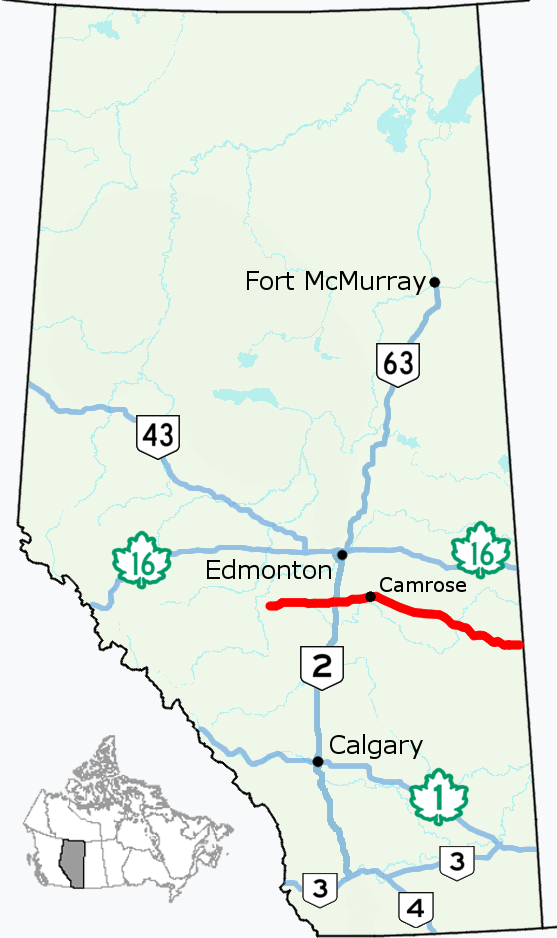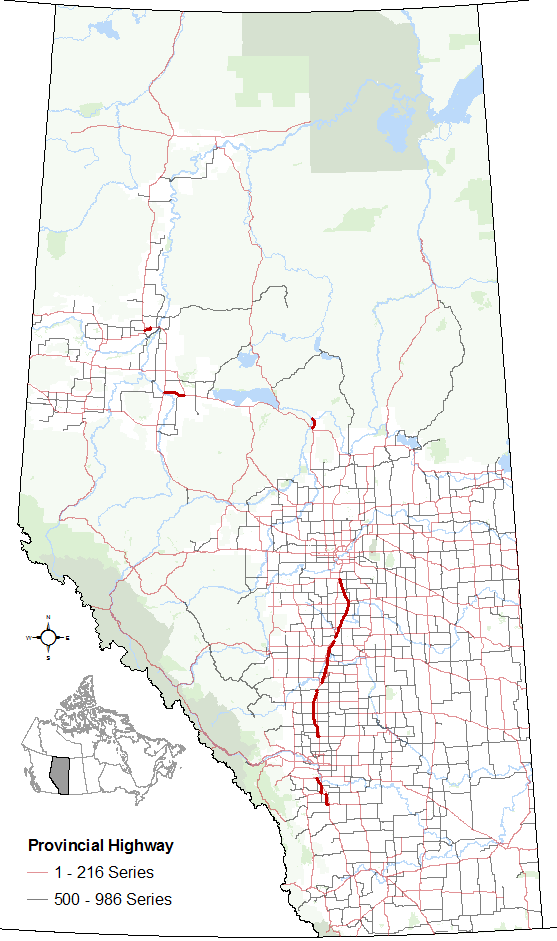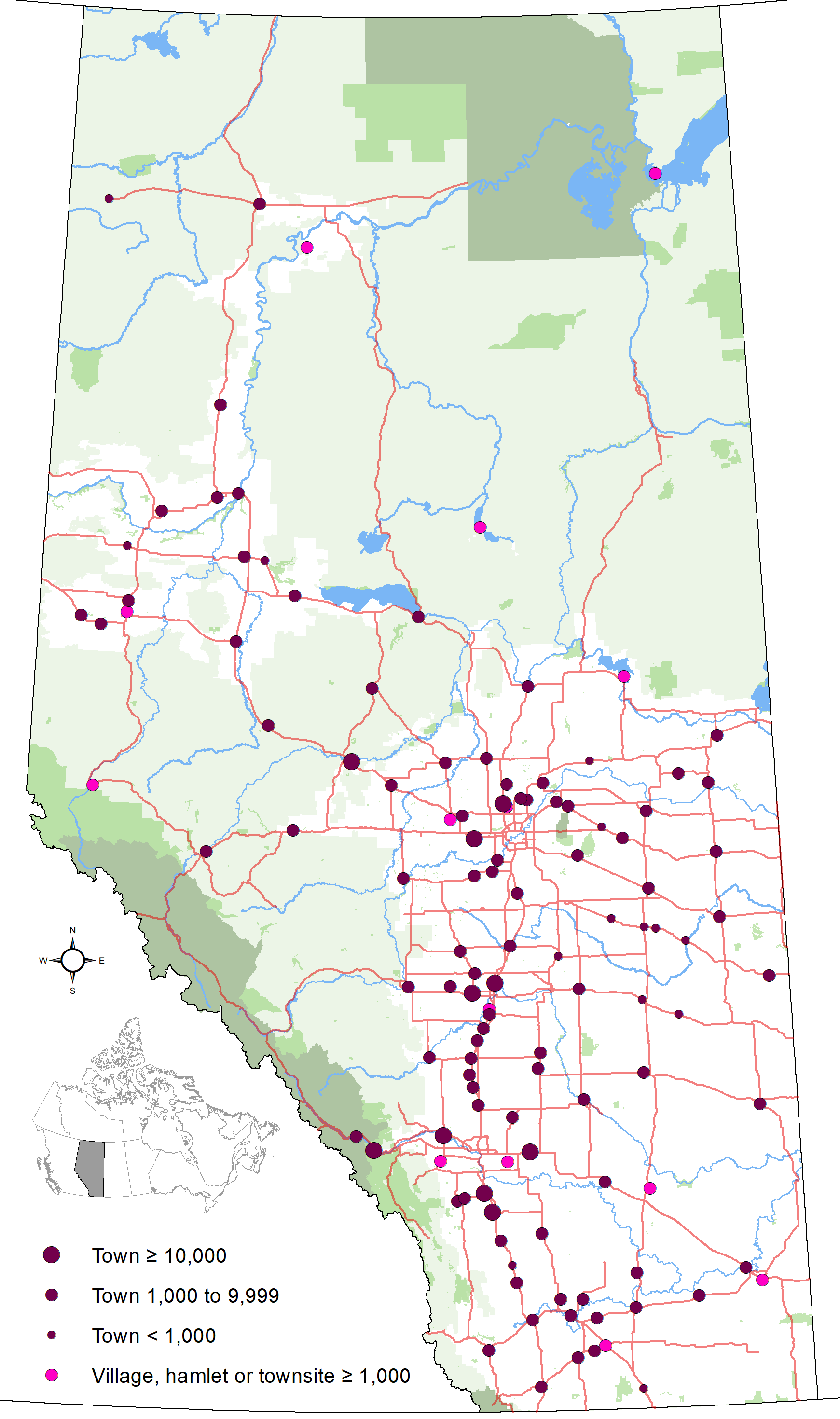|
Wetaskiwin
Wetaskiwin ( ) is a city in the province of Alberta, Canada. The city is located south of the provincial capital of Edmonton. The city name comes from the Cree word ''wītaskiwinihk'', meaning "the hills where peace was made". Wetaskiwin is home to the Reynolds-Alberta Museum, a museum dedicated to celebrating "the spirit of the machine" as well as the Wetaskiwin and District Heritage Museum, which documents the pioneer arrival and lifestyle in Wetaskiwin's early years. Southeast of Wetaskiwin, the Alberta Central Railway Museum acknowledges the impact that the railway had on Central Alberta. The city is well known in Western Canada for the slogan and jingle "Cars cost less in Wetaskiwin", from the Wetaskiwin Auto Dealers Association. Both have been in print, radio, and television advertisements since the mid-1970s. History The future location of Wetaskiwin was once the site of a battle between the Cree and the Blackfoot, known as ''Wee-Tas-Ki-Win-Spatinow'' for "the plac ... [...More Info...] [...Related Items...] OR: [Wikipedia] [Google] [Baidu] |
Wetaskiwin And District Heritage Museum
{{infobox Museum , name=Wetaskiwin & District Heritage Museum , image=museumfront.jpg , established=1986 , location=Wetaskiwin, Alberta Canada , coordinates={{Coord, 52.96946, -113.37519, type:landmark_region:CA-AB, display=inline,title , director= Karen Aberle , curator= , visitors= , website www.wetaskiwinmuseum.com The Wetaskiwin and District Heritage Museum, in Wetaskiwin, Alberta, Canada celebrates the history, heritage, and culture of Wetaskiwin and area. The museum serves the public by documenting and telling the stories of their local community, which includes the City of Wetaskiwin, County of Wetaskiwin, and the Maskwacis Cree Four Nations of Ermineskin, Louis Bull, Montana, and Samson. Information Visitors have year round access to the Museum to enjoy special events and view displays. Canada Day and Pioneer Days celebrations and exhibit openings at the museum continue to be popular events, often marked by games, quizzes and contests. Each year the Museum has bestowed a ... [...More Info...] [...Related Items...] OR: [Wikipedia] [Google] [Baidu] |
Alberta Highway 13
Alberta Provincial Highway No. 13, commonly referred to as Highway 13, is an east–west highway through central Alberta. It runs from Alder Flats, west of Highway 22, to the Alberta-Saskatchewan border, where it becomes Saskatchewan Highway 14. Highway 13 is about long. East of the City of Wetaskiwin, it generally parallels a Canadian Pacific rail line. Route description From the west, Highway 13 begins at Alder Flats before intersecting Highway 22. It continues east, passing south of Buck Lake and Winfield before crossing Highway 20. The highway then passes south of Battle Lake, the headwaters of the Battle River, and then south of Pigeon Lake, passing through the hamlets of Westerose and Falun prior to intersecting Highway 2 (Queen Elizabeth II Highway), approximately south of Edmonton. East of Highway 2, Highway 13 enters Wetaskiwin as 40 Avenue and turns north along Highway 2A (56 ... [...More Info...] [...Related Items...] OR: [Wikipedia] [Google] [Baidu] |
Reynolds-Alberta Museum
The Reynolds-Alberta Museum is an agricultural, industrial, and transportation museum in Wetaskiwin, Alberta, Canada. The museum is situated on an property containing the main museum building, an aviation display hangar, and its storage facility. The museum was initially conceived by Stan Reynolds, who had amassed a large collection of agricultural machinery, airplanes, and automobiles during the mid-20th century. During the 1980s, Reynolds donated 850 artifacts to the government of Alberta for the purposes of showcasing these items in a public museum. The provincial government opened the Reynolds-Alberta Museum to exhibit these items to the public on 12 September 1992. The institution was named after Reynolds, who eventually donated over 1,500 artifacts to the institution before his death. The museum collection presently contains over 6,600 agricultural, industrial, and transportation artifacts. The majority of the artifacts are held in the museum's storage facility; although a ... [...More Info...] [...Related Items...] OR: [Wikipedia] [Google] [Baidu] |
Alberta Highway 2A
Alberta Provincial Highway No. 2A is the designation of six alternate routes off Highway 2 in Alberta, Canada. In general, these are original sections of Highway 2, such as the southern portion of Macleod Trail in Calgary. They passed through communities before limited-access freeways were built to shorten driving distance, accommodate heavier volumes and to bypass city traffic. Portions of the alignment of Highway 2A follow the route of the former Calgary and Edmonton Trail. High River – Calgary Highway 2A currently begins in the Town of High River and follows 12 Avenue SE and Centre Street before passing by Aldersyde and intersecting Highway 7. The highway then travels westward to the Town of Okotoks, where it branches north and follows Southridge Drive and Northridge Drive through Okotoks before rejoining Highway 2 near De Winton. In 2003, it was extended north by sharing a common alignment with Highway 2 for until it splits to Deerfoot Trail (Highway 2) Macleod T ... [...More Info...] [...Related Items...] OR: [Wikipedia] [Google] [Baidu] |
Rick Wilson (Canadian Politician)
Richard Wilson is a Canadian politician elected in the 2019 Alberta general election to represent the electoral district of Maskwacis-Wetaskiwin in the 30th Alberta Legislature. Wilson previously served as a councillor for the County of Wetaskiwin as well as on the Wetaskiwin Regional Public School Board On April 30, 2019, he was appointed to the Executive Council of Alberta The Executive Council of Alberta (the Cabinet) is a body of ministers of the Crown in right of Alberta, who along with the lieutenant governor, exercises the powers of the Government of Alberta. Ministers are selected by the premier and typical ... as the Minister of Indigenous Relations. References United Conservative Party MLAs Living people 21st-century Canadian politicians 1950s births Members of the Executive Council of Alberta {{Alberta-politician-stub ... [...More Info...] [...Related Items...] OR: [Wikipedia] [Google] [Baidu] |
Mike Lake (politician)
Michael Stanley Lake (born June 4, 1969) is a Canadian politician, businessman, and sports executive in Alberta, Canada who represented the riding of Edmonton—Mill Woods—Beaumont from 2006 to 2015 and has represented Edmonton—Wetaskiwin since 2015. He is a member of the Conservative Party of Canada and served as Parliamentary Secretary of Industry under Prime Minister Stephen Harper. Early and personal life Lake was born in New Westminster, British Columbia. He grew up in Devon, Alberta and obtained a Bachelor of Commerce degree from the University of Alberta. After graduating from university, he began a career with the Edmonton Oilers ice hockey team as a sales manager and director of ticket sales as their national accounts manager. He has two children, his son is autistic and as a result he is a longtime member of the Edmonton Autism Society. He is involved in the Alberta Foster Care Program. Lake has regularly held breakfasts to raise funds for autism research. F ... [...More Info...] [...Related Items...] OR: [Wikipedia] [Google] [Baidu] |
List Of Alberta Provincial Highways
The Provinces and territories of Canada, Canadian province of Alberta has provincial highway network of nearly as of 2009, of which were paved. All of Alberta's provincial highways are maintained by Alberta Transportation (AT), a department of the Government of Alberta. The network includes two distinct series of numbered highways: * The 1–216 series (formerly known as primary highways), making up Alberta's core highway network—typically paved and with the highest traffic volume * The 500–986 series, providing more local access, with a higher proportion of gravel surfaces History In 1926, Alberta discontinued its system of marking highways with different colours in favour of a numbering system. By 1928, the year a gravel road stretched from Edmonton to the United States border, Alberta's provincial highway network comprised . Prior to 1973, the expanding highway system comprised one-digit and two-digit highways, with some numbers having letter suffixes (e.g., Highwa ... [...More Info...] [...Related Items...] OR: [Wikipedia] [Google] [Baidu] |
List Of Cities In Alberta
A city is the highest form of all incorporated List of communities in Alberta#Urban municipalities, urban municipality statuses used in the Canadian Province of Alberta. Alberta cities are created when communities with populations of at least 10,000 people, where a majority of their buildings are on parcels of land smaller than 1,850 m², apply to Alberta Municipal Affairs for city status under the authority of the ''Municipal Government Act''. Applications for city status are approved via orders in council made by the Lieutenant Governor in Council under recommendation from the Minister of Municipal Affairs. Alberta has 19 cities that had a cumulative population of 3,023,641 (not including the population in the Saskatchewan portion of Lloydminster) and an average population of in the 2021 Canadian Census, 2021 Census of Population. Alberta's largest and smallest cities are Calgary and Wetaskiwin, with populations of 1,306,784 and 12,594, respectively. Beaumont, Alber ... [...More Info...] [...Related Items...] OR: [Wikipedia] [Google] [Baidu] |
Alberta Central Railway Museum
The Alberta Central Railway Museum is a railway museum located south-east of the City of Wetaskiwin, in Central Alberta, Canada. The main building was designed as a scaled-down version of the City's 1907 Canadian Pacific Railway depot. The depot includes a waiting room, baggage room and telegraph office, as well as exhibits and railroad artifacts. Railroad equipment includes locomotives, a sleeper car, passenger coach, freight equipment, cabooses, freight cars and a snowplough. Attractions include a model train layout of the original Wetaskiwin railyard. The museum also features a 1906 Alberta Grain Co. grain elevator which was moved from Hobbema. The elevator is known to be Alberta's second-oldest grain elevator in the Province. Rides are given on a one-mile loop of track. See also *List of museums in Alberta This list of museums in Alberta, Canada contains museums which are defined for this context as institutions (including nonprofit organizations, government entities, an ... [...More Info...] [...Related Items...] OR: [Wikipedia] [Google] [Baidu] |
List Of Municipal Districts In Alberta
A municipal district (MD) is the most common form of all rural municipality statuses used in the Canadian province of Alberta. Alberta's municipal districts, most of which are branded as a county (e.g. Yellowhead County, County of Newell, etc.), are predominantly rural areas that may include either farmland, Crown land or a combination of both depending on their geographic location. They may also include country residential subdivisions and unincorporated communities, some of which are recognized as hamlets by Alberta Municipal Affairs. Municipal districts are created when predominantly rural areas with populations of at least 1,000 people, where a majority of their residential buildings are on parcels of land greater than 1,850 m2, apply to Alberta Municipal Affairs for municipal district status under the authority of the ''Municipal Government Act''. Applications for municipal district status are approved via orders in council made by the Lieutenant Governor in Council unde ... [...More Info...] [...Related Items...] OR: [Wikipedia] [Google] [Baidu] |
North Saskatchewan Region
The North Saskatchewan Region is a land-use framework region in northern Alberta, Canada. One of seven in the province, each is intended to develop and implement a regional plan, complementing the planning efforts of member municipalities in order to coordinate future growth. Corresponding roughly to major watersheds while following municipal boundaries, these regions are managed by Alberta Environment and Parks. Communities The following municipalities are contained in the North Saskatchewan Region. ;Cities * Beaumont * Camrose * Edmonton * Fort Saskatchewan * Leduc * Lloydminster * St. Albert * Spruce Grove * Wetaskiwin ; Urban service areas * Sherwood Park ;Towns * Banff * Bashaw * Bon Accord * Bruderheim * Calmar * Daysland * Devon * Drayton Valley * Elk Point * Gibbons * Hardisty * Killam * Lamont * Legal * Millet * Morinville * Mundare * Provost * Redwater * Rocky Mountain House * Sedgewick * Smoky Lake * St. Paul * Stony Plain * Thorsby * Tofield * Two ... [...More Info...] [...Related Items...] OR: [Wikipedia] [Google] [Baidu] |
List Of Towns In Alberta
A town is an urban municipality status type used in the Canadian province of Alberta. Alberta towns are created when communities with populations of at least 1,000 people, where a majority of their buildings are on parcels of land smaller than 1,850 m2, apply to Alberta Municipal Affairs for town status under the authority of the ''Municipal Government Act''. Applications for town status are approved via orders in council made by the Lieutenant Governor in Council under recommendation from the Minister of Municipal Affairs. Alberta has 106 towns that had a cumulative population of 455,053 and an average population of 4,293 in the 2016 Canadian Census. The number of towns decreased from 107 to 106 on February 1, 2020, when Granum dissolved from town status to become a hamlet. Alberta's largest and smallest towns are Okotoks and Stavely with populations of 28,881 and 541 respectively. Nobleford is Alberta's newest town, incorporating from village status on February 28 ... [...More Info...] [...Related Items...] OR: [Wikipedia] [Google] [Baidu] |



